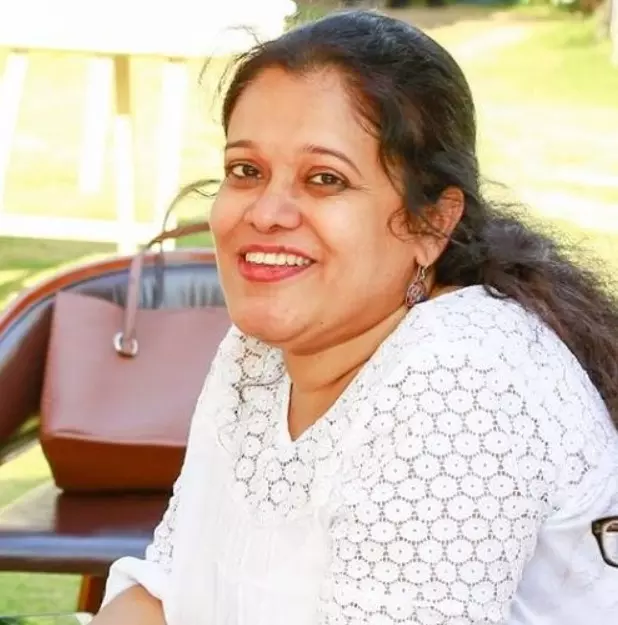Live
- Kiran Abbavaram's Hard Work Pays Off: Bunny Vasu Lauds Ka Team at Success Meet
- PM Modi’s welfare schemes transform rural lives in Bokaro, residents share gratitude
- We will ensure Bangladeshi infiltrators are removed from Jharkhand: BJP's Gourav Vallabh
- Hezbollah fires five rockets at central, northern Israel: sources
- HM Amit Shah, Rajnath Singh to address several rallies in Jharkhand tomorrow
- Will not waste single day in getting back what we lost, Omar Abdullah tells Assembly
- PM Modi visits Advani's residence to wish him on birthday, shares special moment
- Sun-Dried Cotton to Be Taken to CCI Purchase Centers, Avoid Middlemen - Collector
- Survey Process Requires Public Cooperation - Collector Badavath Santosh
- Distribution of Maize Seeds to Farmers at Agricultural Research Center









